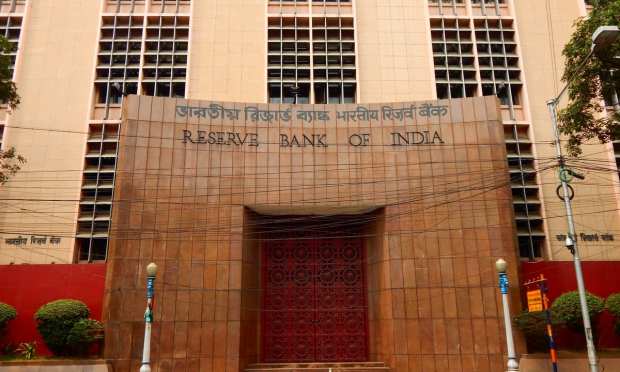Reserve Bank Of India Wants To Crack Down On Big Shadow Lenders

India’s central bank wants stricter regulations for big shadow lenders, according to a new report from Bloomberg.
The Reserve Bank of India, according to the Friday (Jan. 22) report, wants to prevent events like the collapse of a major financier in 2018 — which continues to have effects on the financial system even now.
The bank wants to classify non-bank financial companies as one of four categories, based on circumstances like the size of assets, according to a discussion paper seen by Bloomberg.
One proposition is a 9 percent core capital requirement on the top tier, akin to banks. It will only let them take on a limited amount of leverage.
Other proposals include having all shadow lenders classify credit as non-performing assets that are 90 days overdue, a decrease from the previous level of 180 days. Middle-layer non-bank lenders would follow a board-approved policy on capital adequacy, and upper-layer shadow financiers would follow exposure rules like those big banks follow. Another key proposal is compulsory rotation for statutory auditors for shadow banks in the middle and upper tiers.
The paper comes after a speech by a top RBI official in charge of banking regulation, Bloomberg writes. He said the big shadow lenders have to convert themselves into banks or scale down their operations, as looser regulations have been letting those lenders become important sources of last-mile credit in India.
However, others piled on risk, he said, lending long-term loans while also raising short-term cash. That caused the infrastructure financier to fall in 2018 and the government seizure of a mortgage lender in 2019. There was a cash crunch from those events that hasn’t yet gone away as well, he said, according to Bloomberg.
India’s central bank has also recommended looking into letting corporates become lenders. A working group said it might be a good idea to set up a framework where industrial groups would be able to hold larger stakes in lenders. That could be aimed at getting more capital or increasing competition.
